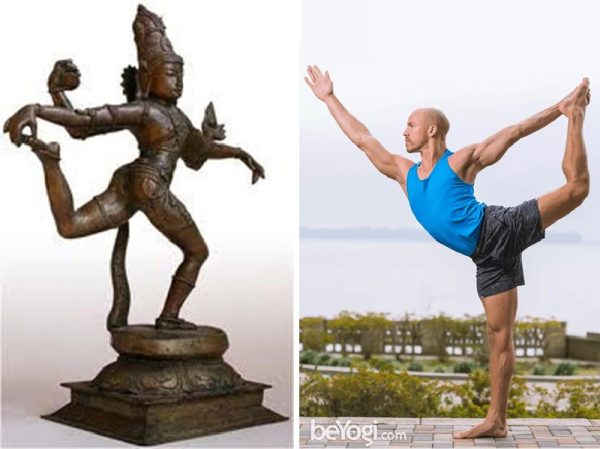
Six Stupidly Simple Ways To Shorten Your Lifespan
By: Amanda Froelich at http://www.trueactivist.com/author/amandaf/
By now, you’re well aware that smoking will shorten your lifespan by about a minimum of 10 years. But did you also know that other unassuming habits, such as sitting too long and drinking too much alcohol, will also increase your odds of dying early?
According to scientists from the University of Sydney, there are six habits that are proven to shorten one’s lifespan, and they follow:
1. Alcohol consumption
2. Poor diet
3. Inactivity
4. Smoking
5. Sitting for more than 7 hours a day
6. Sleeping for more than 9 hours
Said Dr. Melody Ding, one of the researchers:
“To examine specific patterns of lifestyle risk behaviors, 96 variables – representing all possible mutually exclusive combinations of smoking, high alcohol intake, physical inactivity, poor diet, prolonged sitting, and short/long sleep duration – were created.”
Reportedly, one who is guilty of doing all of the “six deadly habits” is 5 times more likely to die an early death during a 6-year period compared to someone who lives a healthy lifestyle.
While it is common knowledge that not getting enough sleep strains the physical body, it might come as a shock to learn that too much sleep also increases one’s odds of dying young. Ding explains:
“Short and long sleep durations were separated as two different risk factors, as their associations with mortality may be explained by different mechanisms. This analysis investigated four established and two [new] risk factors, namely, prolonged sitting and unhealthy sleep duration, which may be added to behavioral indices or risk combinations to quantify health risk.”
One theory is that inactivity – which results from both sitting and sleeping too long – impedes blood flow, thereby resulting in reduced oxygenation. The finding is disturbing, and a study published earlier this year by the University of Cambridge doesn’t have anything more optimistic to report.
According to the scientists, sleeping more than nine hours doubles a person’s risk of having a stroke. Natural Society relays that women are especially susceptible. It was also determined that sleeping in when you normally don’t get enough sleep is unhealthy. Reportedly, the way to ensure that getting Zzz’s doesn’t shorten your lifespan is to get on a regular sleep schedule.
By engaging in exercise, taking breaks from work every 30 minutes or hour to go on a brisk walk, quitting smoking, sleeping 7-9 hours per night, eating healthfully and minimizing alcohol consumption, you can nearly guarantee that you’ll live longer than your peers who don’t make their health a priority. The choice is yours!
Read More: http://www.trueactivist.com/6-stupidly-simple-ways-to-shorten-your-lifespan
Image credit: Image by Engin Akyurt from Pixabay (Free by CC0)
Author: HealthyLife | Posted on: July 20, 2022
« Rubber From Beautiful Dandelion Plant WHO Empower parents, enable breastfeeding »







